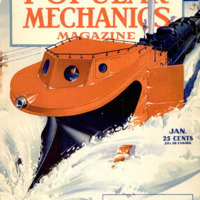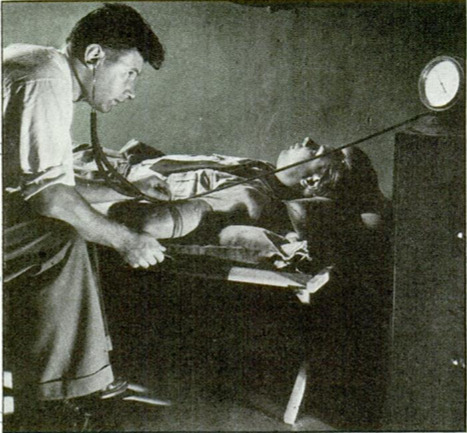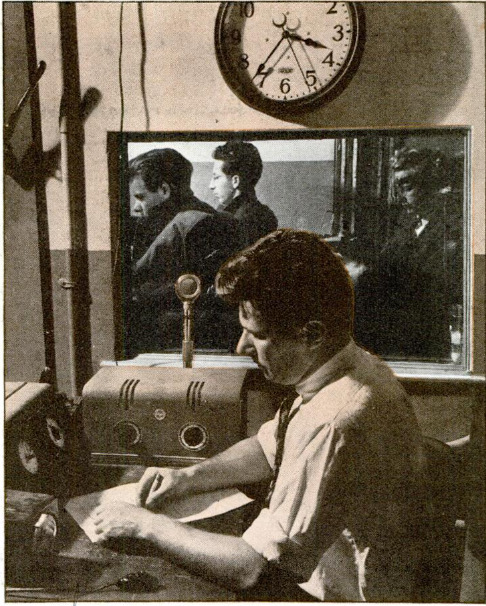Testing Drugs for High Fliers
Item
- Title (Dublin Core)
- Testing Drugs for High Fliers
- Article Title and/or Image Caption (Dublin Core)
- Testing Drugs for High Fliers
- Language (Dublin Core)
- Eng
- Temporal Coverage (Dublin Core)
- World War II
- Date Issued (Dublin Core)
- 1942-01
- Is Part Of (Dublin Core)
-
 Popular Mechanics, v. 77, n. 1, 1942
Popular Mechanics, v. 77, n. 1, 1942
- pages (Bibliographic Ontology)
- 14-15
- Rights (Dublin Core)
- Public domain
- Source (Dublin Core)
- Google books
- Archived by (Dublin Core)
- Enrico Saonara
- Item sets
- Wars of Wonders





